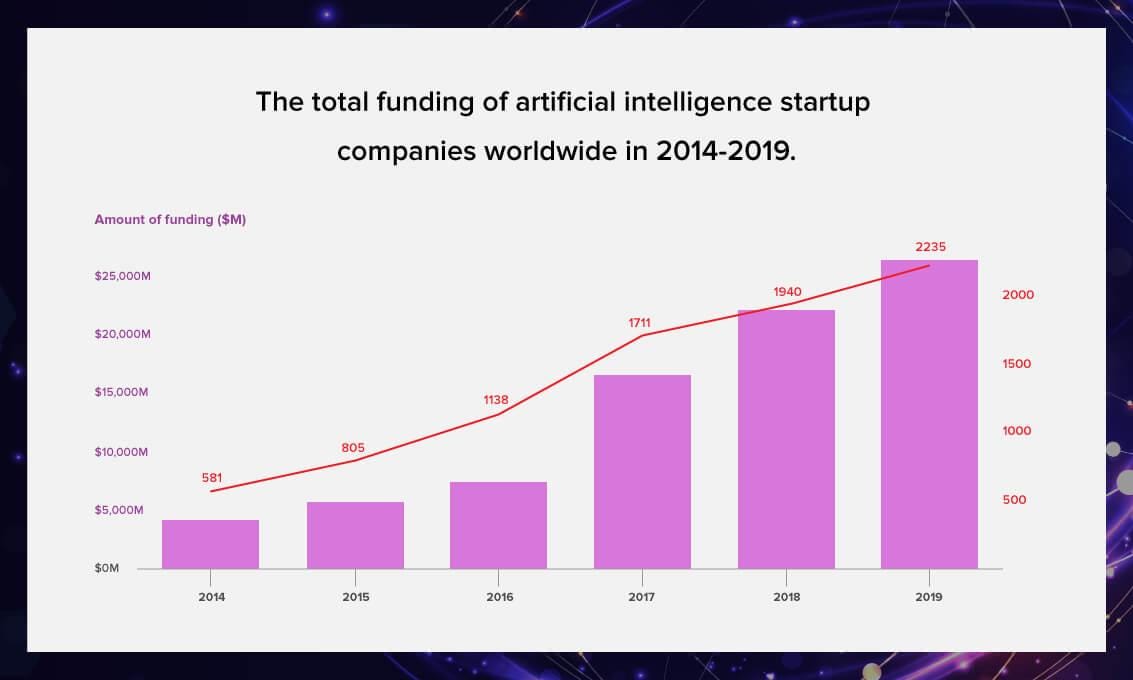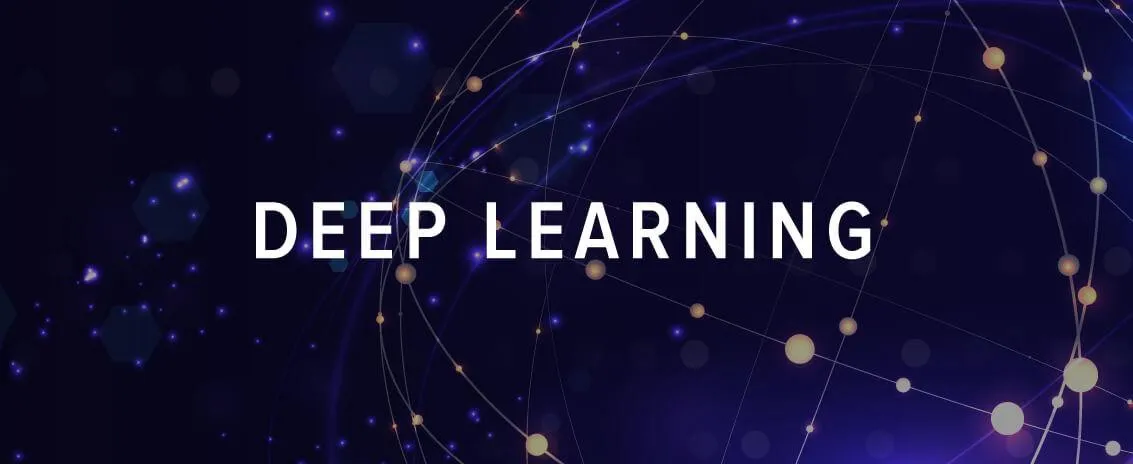As a subset of artificial intelligence, deep learning lies at the heart of various innovations: self-driving cars, natural language processing, image recognition, and so on. Companies that deliver DL solutions (such as Amazon, Tesla, Salesforce) are at the forefront of stock markets and attract impressive investments. According to Statista, the total funding of artificial intelligence startup companies worldwide in 2014–2019 is equal to more than $26 billion. This high interest can be explained by the amazing benefits of deep learning and its architectures — artificial neural networks.

What Is Deep Learning?
Deep learning is one of the subsets of machine learning that uses deep learning algorithms to implicitly come up with important conclusions based on input data.
Usually, deep learning is unsupervised or semi-supervised. Deep learning is based on representation learning. Instead of using task-specific algorithms, it learns from representative examples. For example, if you want to build a model that recognizes cats by species, you need to prepare a database that includes a lot of different cat images.
The main architectures of deep learning are:
- Convolutional neural networks
- Recurrent neural networks
- Generative adversarial networks
We are going to talk about them more in detail later in this text.
#neural-networks #artificial-intelligence #programming #deep-learning #machine-learning
